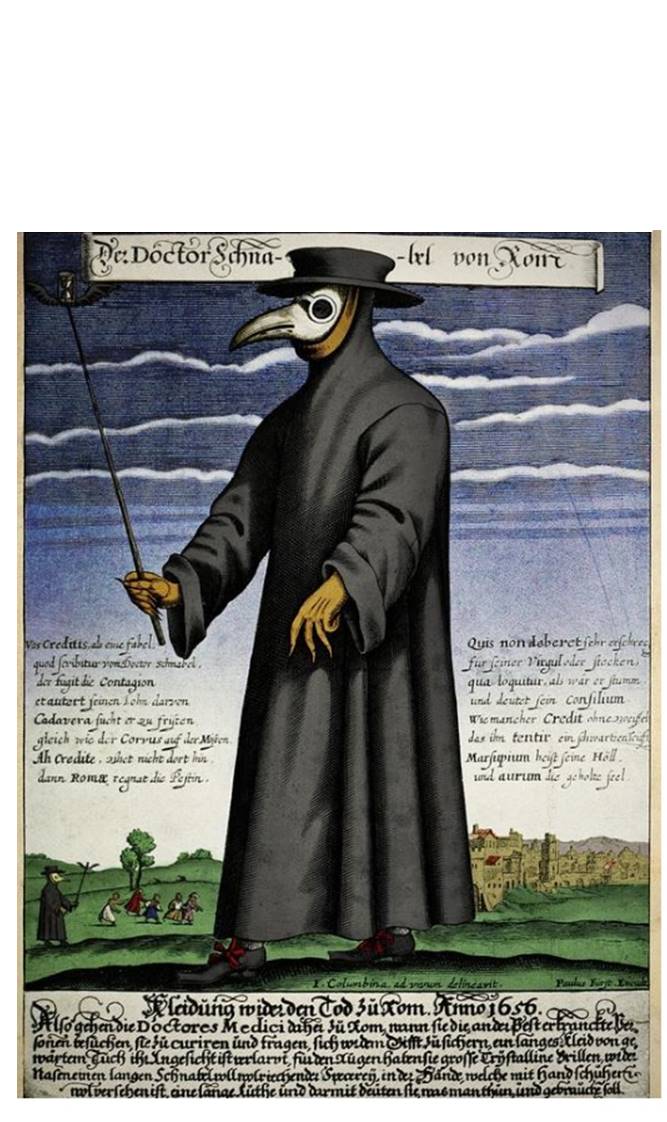How much can one record? – Uncertainty of medical data – Claims of daily life – Walking in hot weather – College football – Evening statistics
A journal can be an interesting project, but it is also rather a discomfiting one. It’s simply impossible to cover everything that is happening; too much is going on at once, and out of the hundreds of articles that appear on a daily basis there is no telling which of them will ultimately turn out to be important and which will not. Those more familiar with political matters than I am will not necessarily have any better luck with their selection of issues than I have with mine. With regard to our unfortunate President, for instance – I have no doubt that he regards the disappointing turnout at his rally this weekend as one of the greatest catastrophes imaginable, whereas in all probability it will scarcely receive any mention in future histories of this era. I actually feel a kind of pity for him at the moment, since he has been forced to spend an entire day without hearing any praises for his virtues or intelligence or leadership other than what he is kind enough to bestow upon himself.
I can’t even be certain about the figures I note down. EB, who is a medical professional, has shared with me a link to an article that indicates the death toll is higher than the official figures, based on comparing the number of expected deaths from all causes with the actual number of deaths that have occurred. The difference between these two numbers – that is, the excess number of deaths – is indeed considerably higher than the amount of deaths attributed to the COVID-19 virus. And that is only in our country alone. I have indicated in other entries the unreliability of data in certain other countries: Russia has a suspiciously low mortality rate, China may have fudged its data from the beginning of the outbreak, the data obtained from many Latin American countries are almost certainly under-reporting – and there are many other examples.
Amid all of this turmoil I try to emphasize the daily activities that must go on no matter how intensely the pandemic is raging: shopping, upkeep of one’s house or apartment, commuting, education of children, preparation or provision of meals, and so on. And also – as is perhaps natural to someone living in an area with marked seasonal changes – the activities outside of the human plane. The weather is now almost continually sultry. The foliage has become rich and green, the leaves have darkened slightly in color. The mountain laurel flowers are nearly gone by now, even in the higher elevations – theirs is a brief bloom. In the marshes and streams water-lilies are opening their petals.
One of my favorite passages from Trollope’s Barchester Towers, when the author speaks of the difficulties experienced by the wife of a poor vicar in trying to visit the bishop’s palace in order to plea for her husband’s promotion:
“A journey to the palace was not quite so easy a thing for Mrs. Quiverful as for our friend at Plumstead. Plumstead is nine miles from Barchester, and Puddingdale is but four. But the archdeacon could order round his brougham, and his high-trotting fast bay gelding would take him into the city with the hour. There was no brougham in the coach-house of Puddingdale Vicarage, no bay horse in the stables. There was no method of locomotion for its inhabitants but that which nature has assigned to man.”
Many of my compatriots, regrettably, would find a four-mile walk on a hot summer day as impracticable as poor Mrs. Quiverful does. Today was in fact very humid and in the high 80s, and since I was doing various errands and walking on the streets I was not able to stay in the shade most of the time. Wearing a face mask becomes a bit more uncomfortable in these circumstances; and many, I’m afraid, are not willing to tolerate it. Most of the other people I encountered during my walk were not wearing them.
The National Collegiate Athletic Association allowed football workouts to begin on June 1st. By now more than 100 players have tested positive for the virus. These cases occurred among students playing in empty stadiums at a time when the students are not living on the campuses. It is uncertain whether the schools have reported all of the known cases and the probabilities indicate that they haven’t. No one knows what the results will be when games are conducted in stadiums crowded with thousands of spectators. “Sports by their very nature, for the most part, don’t have social distancing,” as Jeremiah Donati, the athletic director for Texas Christian University, noted. But the pandemic is already creating an upheaval in college sports. After the NCAA canceled its tournament, less than two dozen athletic departments in the Football Bowl Subdivision were able to turn a profit this year. And football accounts for about 80% of the budget for student athletic departments.
Is it possible that people will return to the idea that colleges should be places of learning and that games should be played by students on their own time? The pandemic has shown clearly what many people have vaguely realized earlier: that the transformation of college sports into mega-businesses is a baneful one – that its movers and shakers are perfectly preferred to sacrifice the health of both players and spectators to their financial interests.
Today’s statistics as of 8:00 PM — # of cases worldwide: 9,179,919; # of deaths worldwide: 473,461; # of cases U.S.: 2,388,050; # of deaths U.S.: 122,609.
